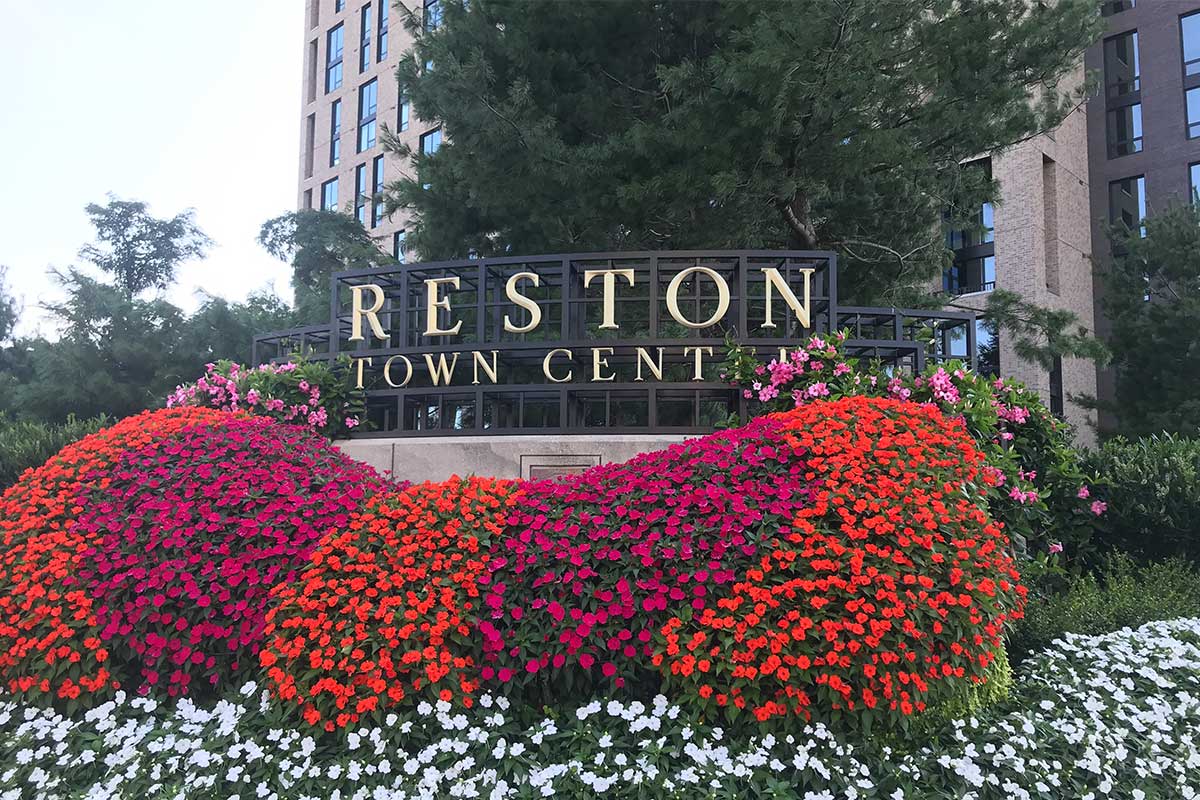The Ultimate Checklist for Spring Cleaning Your Chimney in Reston, VA
After a long, hard winter in Reston, VA, your chimney is likely to have experienced quite the workout. As we transition into spring, it’s essential to give your chimney some much-needed attention to ensure its efficiency and safety throughout the rest of the year. Here is the ultimate checklist for spring cleaning your chimney in Reston, VA.
1. Schedule a Professional Inspection
The first step in spring cleaning your chimney should always be to schedule a professional inspection. This is particularly important if you have been using your chimney throughout the winter, as this is when most chimney damage can occur. A professional inspection carried out by a certified service, such as “A&T Chimney Sweeps fireplace, furnace, dryer vent, gutter cleaning and repair services in Reston VA,” can identify any underlying issues that may not be visible to the naked eye.
2. Check for Blockages
After a long winter, it’s possible that your chimney may have blockages from debris, like leaves and twigs, or even bird nests. These blockages can pose a significant fire risk, so it’s essential to ensure your chimney is free and clear.
3. Clean the Chimney
Once your chimney has been inspected and any blockages removed, it’s time for a thorough cleaning. This involves removing creosote, a highly flammable substance that builds up inside your chimney after burning wood. This is a job best left to professionals, as it requires specialized tools and knowledge.
4. Check for Water Damage
Winter weather can be harsh on your chimney, leading to potential water damage. Inspect the exterior of your chimney for signs of damage, such as cracked or missing bricks, deteriorating mortar, or a damaged chimney crown. If you notice any issues, it’s essential to have them repaired as soon as possible to prevent further damage.
5. Inspect the Chimney Cap
The chimney cap plays a crucial role in preventing debris and animals from entering your chimney. Inspect it to ensure it’s in good condition, and replace it if necessary.
6. Clean and Inspect the Chimney Liner
A chimney liner is a critical component of your chimney system. It protects your home from the heat and hazardous gases generated by your fireplace. Regular cleaning and inspection of the liner can prevent potential fire hazards.
7. Check the Damper
The damper controls the amount of air that passes through your chimney. Make sure it opens and closes freely, and it’s not rusted or damaged.
8. Clean the Hearth Area
Finally, don’t forget to clean the hearth area. Over time, ash and soot can build up on the hearth, which not only looks unsightly but can also be a fire hazard.
FAQs
Q: How often should I clean my chimney?
A: The National Fire Protection Association recommends that chimneys, fireplaces, and vents should be inspected at least once a year.
Q: Can I clean my chimney myself?
A: While it’s possible to clean your chimney yourself, it’s often best left to professionals. They have the necessary tools, training, and experience to do a thorough and safe job.
Q: What are the signs that my chimney needs cleaning?
A: Signs that your chimney needs cleaning include a strong, unpleasant odor, a buildup of soot in the fireplace, and a loud, crackling noise when the fire is burning.
Q: Can a dirty chimney cause a house fire?
A: Yes. If the buildup of soot and creosote in the chimney is not removed, it can catch fire and potentially spread to the rest of the house.
Q: How long does chimney cleaning take?
A: On average, a professional chimney cleaning takes about 1-2 hours.
In conclusion, spring cleaning is the perfect time to give your chimney the attention it needs after a long winter. By following this ultimate checklist, you can ensure your chimney is safe and ready for the seasons ahead.








